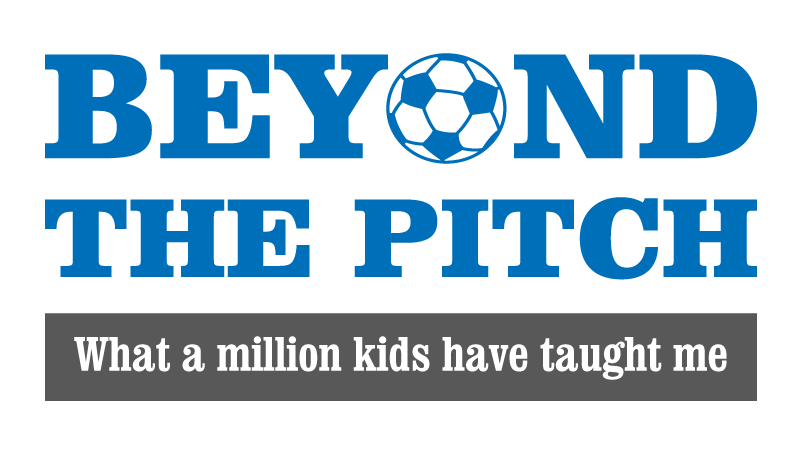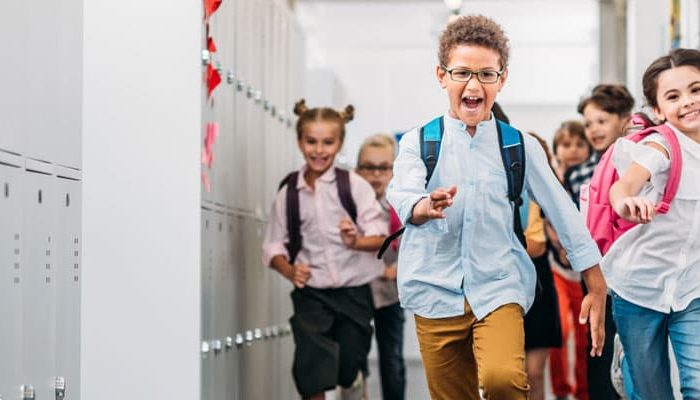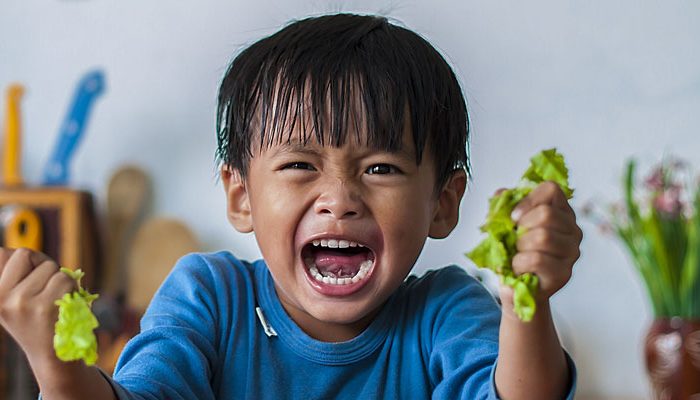
© ulkas / Adobe Stock
Re-entry: Things To Think About For Life After Quarantine
June 1, 2020
As our country begins to re-open after quarantine, a variety of emotions may also be emerging. Some of us may feel ready to bust out, some may be quite anxious or angry and others are just plain uncertain. As we start to think about re-engaging it might be a good time to plan how we are going to manage the emotions associated with doing so. That includes helping our children manage theirs.
Kids will have feelings about the change that may correlate or be in direct opposition to how the adults in their life are feeling. Young children whose parents and extended family members have been quarantined together may have loved the additional time together. Older kids may be in desperate need to be out with friends. Some might be afraid to re-engage.
A sense of fear isn’t surprising. The news has been bleak and confusing. The message has been "stay home, stay safe; the world is not a safe place." Before venturing out, I think it’s important that adults take a minute to bridge the gap between the messages that are out there and the new actions being taken. Sometimes we forget to do that.
Consider sports as an easy reference to illustrate my point. When kids are little, we teach them to be nice, to share, not to hit or take toys away from other kids. Then we put them into sports and expect them to do the opposite—be aggressive, take the ball, etc. When they don’t instantly take to the new behavior, we often scratch our heads and wonder why. We forget that to them the messages are confusing, especially if we haven’t taken the time to teach the difference between regular play and sports and the different rules that apply.
We are in a similar albeit more serious situation now—one where we have been telling our children one thing and now expect new behavior.
"It might be difficult at first to draw out those emotions."
So how do we help our kids switch gears? The key is open, age-appropriate communication. We’ve got to talk to our kids about what’s going on and dig into how they’re feeling about it. Our little (and not so little) ones have minds of their own and conjure up things in their heads that we often aren’t privy to. We can’t assume we know how they are feeling, or that what they feel matches what we feel.
It might be difficult at first to draw out those emotions.
Adults have the capacity to moderate, understand and even seek help to manage feelings. Kids, especially young ones, are not quite that sophisticated. They usually don’t yet possess the skills to understand what and why they feel the way they do, let alone articulate those feelings. Doing art and playing are useful self-expression tools. Ask your child to draw a picture about heading back into the community. If it’s full of sunshine, rainbows and happy faces, that is a pretty good indicator they’re feeling pretty good. If it depicts monsters, dark clouds and other menacing features, chances are they’re a little nervous. Their play can communicate in similar ways. Ask them to pretend their favorite toys are heading back to the park (or another area full of people). Typically, kids will mimic their feelings through their toys. If both are unclear ask them to tell you about the drawing or how their toys are feeling for clarification.
My hope is during this time we can teach our children that while scary things do happen, the world is still a good place—that we can build resiliency.
Resiliency is the ability to cope with and adapt to life’s significant changes and stress. It doesn’t mean we don’t worry; it means we are able to persevere and move through adversity. It’s an important life skill and one, unfortunately, that can only be learned by going through the tough stuff and sitting with the discomfort it brings.
We’ve been sitting with A LOT of discomfort lately. If we can openly communicate through the difficulties, our families will be better off—as long as we remain open-minded, actively listen, allow for differing opinions and feelings, and then find a way to come together on some common ground.
Establishing a re-entry plan will help, too. Here are a few thoughts on how you might go about it:
- Create some guidelines for how your family will re-engage—will you wear masks, will you continue to physically distance, will you have only a few set people you’ll see, activities or places you will go, or will you fully engage?
- Communicate what that will look like and explain any expectations you have.
- Ask for their thoughts. If they’re allowed some input, they’ll feel a part of the process, will gain better understanding, and will have more buy-in to the plan.
- Remember, kids feed off of our energy. They’re pretty intuitive that way!
Be kind to yourselves and others.
Until next time,

Recent Posts
Revive From Burnout
It’s been a while since I’ve written. Finding the time and my voice has been a bit challenging. And honestly I’ve been pretty burned out. Here are three things I’ve done to get back on track and revved up for a new year. Read more.
Tips for Back-to-School 2021
Are you wondering how to manage the back-to-school process this year? Emotions about returning to school may be running a little high. Read on to discover some tips for coping. A little pre-planning will go a long way. Read more.
Behavior on the Slide? Learn the Signs of Stress in Your Child
A child’s behavior can reveal a lot about how they’re feeling. Check out how you can help your child learn to understand and manage their emotions in healthy ways. Read more.





